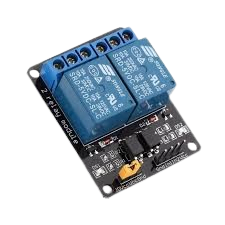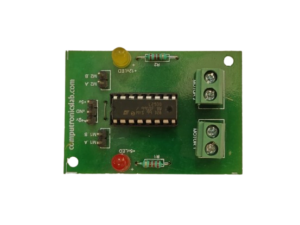Home Automation using ATmega328 and Bluetooth HC05 4CH
1 in stock
₹2,950.00 ₹4,130.00 (Incl. GST)
1 in stock
Home Automation using ATmega328 and Bluetooth HC05 4CH
Home automation systems have significantly evolved, offering convenience and control over household devices. Utilizing ATmega328 and Bluetooth HC05 for a 4-channel home automation setup is a cost-effective and efficient solution.
Components and Setup
- ATmega328 Microcontroller: The heart of the system, it controls and processes commands. It’s known for its simplicity and compatibility with Arduino IDE, making it easy to program.
- Bluetooth HC05 Module: This module facilitates wireless communication between the smartphone and the microcontroller. It operates at a frequency of 2.4GHz and supports a range of about 10 meters, providing reliable connectivity.
- 4-Channel Relay Module: This module is used to control four different devices. The relays act as switches, allowing the ATmega328 to turn devices on and off.
- Smartphone with Bluetooth: The user interface for the system. A custom app or a generic Bluetooth terminal app can be used to send commands to the HC05 module.
Working Principle
The ATmega328 is programmed to receive commands from the Bluetooth HC05 module. When a command is sent from the smartphone, the HC05 module receives it and passes it to the ATmega328. The microcontroller then interprets the command and activates or deactivates the corresponding relay on the 4-channel relay module.
Steps to Implement
- Circuit Design: Connect the HC05 module to the ATmega328 (TX to RX and RX to TX). Connect the 4-channel relay module to the ATmega328’s digital pins. Ensure proper power connections (5V and GND) to all components.
- Programming the ATmega328: Write a program in the Arduino IDE to handle Bluetooth communication and control the relays. The program should include functions to turn each relay on and off based on received commands.
- Bluetooth Pairing and Control: Pair the HC05 module with the smartphone. Use a Bluetooth terminal app to send commands (e.g., ‘A’ to turn on the first device, ‘a’ to turn it off).
- Testing and Debugging: Upload the code to the ATmega328 and test each command to ensure the correct operation of the relays.
Advantages
- Cost-Effective: Utilizing common components like ATmega328 and HC05 makes it an affordable solution.
- Wireless Control: Offers the convenience of controlling home appliances from anywhere within Bluetooth range.
- Scalability: The system can be easily expanded to control more devices by adding additional relay modules.
Conclusion
This home automation system using ATmega328 and Bluetooth HC05 offers a simple, effective, and scalable solution for controlling multiple home appliances wirelessly, enhancing convenience and energy efficiency in modern homes.





